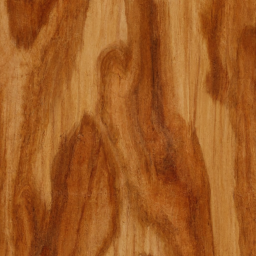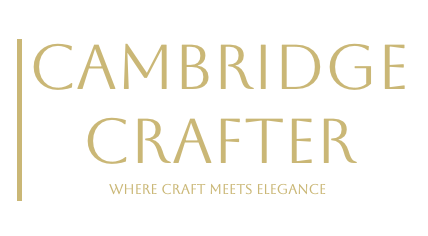
Beli
Beli, also known as Zebrano or Zebrawood in some contexts, typically refers to wood from the Julbernardia pellegriniana tree, though the name "Beli" is sometimes used interchangeably with other African hardwoods like Zebrano (Microberlinia brazzavillensis). It’s primarily sourced from Central and West Africa, including countries like Cameroon, Gabon, and the Congo Basin. These trees grow in tropical rainforests, reaching heights of 100–130 feet with trunk diameters of 3–5 feet, often with straight, cylindrical boles.
The heartwood of Beli is a pale golden-yellow to light brown, often with a striking pattern of dark brown to black vertical stripes, giving it a zebra-like appearance—hence the alternative name. The sapwood is a pale cream or off-white, clearly demarcated from the heartwood. The grain is typically interlocked or wavy, with a medium to coarse texture and a moderate natural lustre. The dramatic contrast between the light background and dark stripes creates a bold, decorative effect, often with a slightly wavy or rippled figuring in quartersawn pieces.
Beli has a density of around 750–850 kg/m³, making it a hard, heavy wood with good strength and durability. It has moderate resistance to moisture and insects, though it’s not as naturally durable as some tropical hardwoods like teak, so it’s better suited for indoor applications unless treated. The interlocked grain can make it challenging to work with, often causing tearout during planing or machining, so sharp tools and careful technique are required. It sands, glues, and finishes well, though the open grain may require filling for a smooth surface, and its natural colour is often best highlighted with a clear finish.
When worked, Beli has a mild, slightly sweet aroma that fades after finishing. It’s a popular choice for high-end furniture, cabinetry, veneer, and decorative inlays, as well as smaller items like knife handles, turned objects, and luxury flooring. The wood’s bold aesthetic makes it ideal for statement pieces, though its striking pattern can be overpowering if overused in large applications.
Beli is relatively expensive due to its unique appearance and limited availability, as overharvesting has led to conservation concerns in some regions. It’s often sold in smaller quantities or as veneer to maximise its decorative impact. Despite its beauty, the wood’s hardness and grain can make it less forgiving for novice woodworkers.
